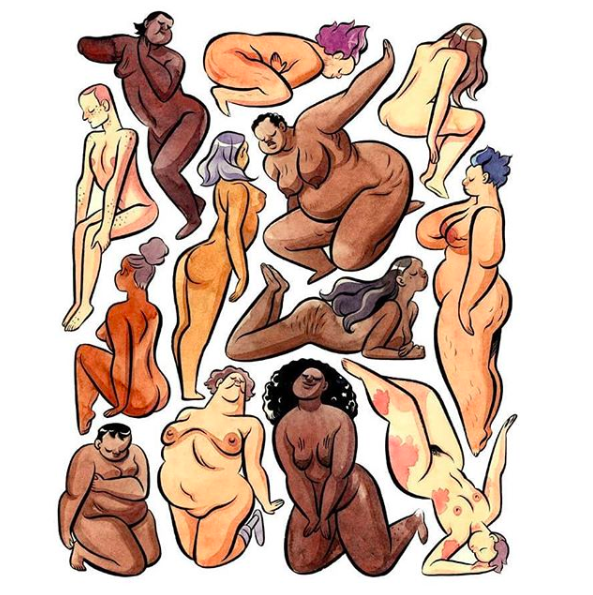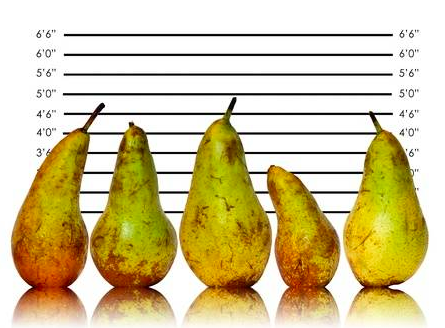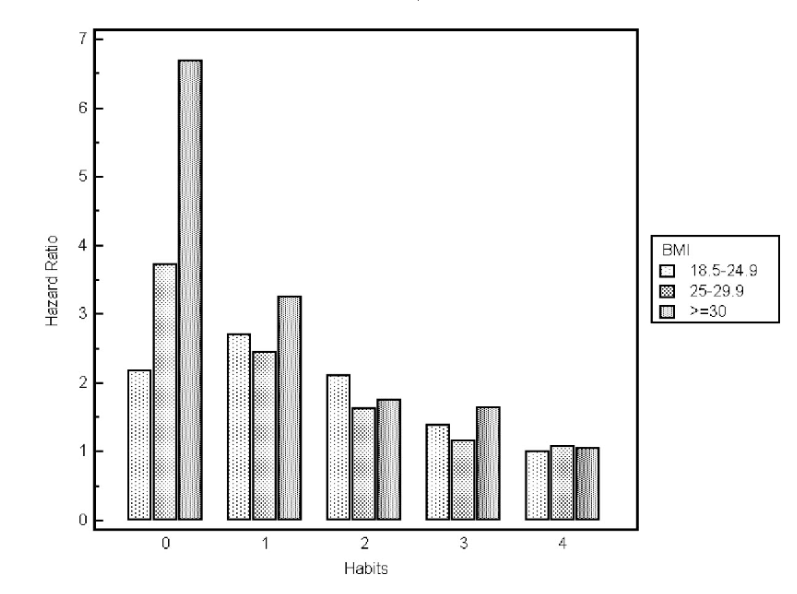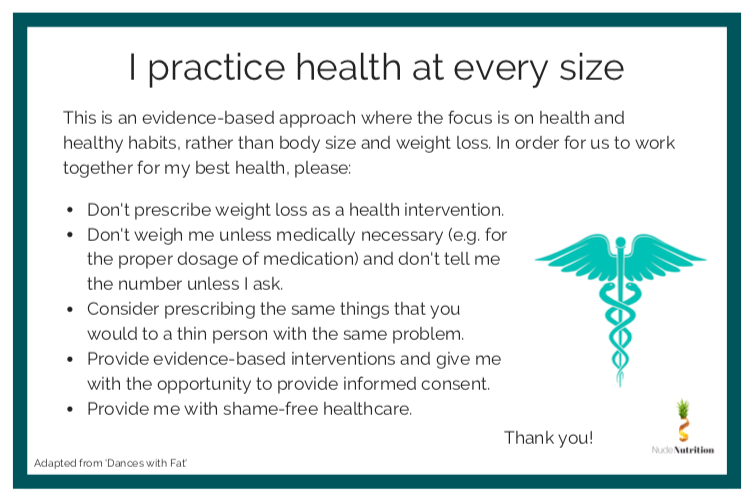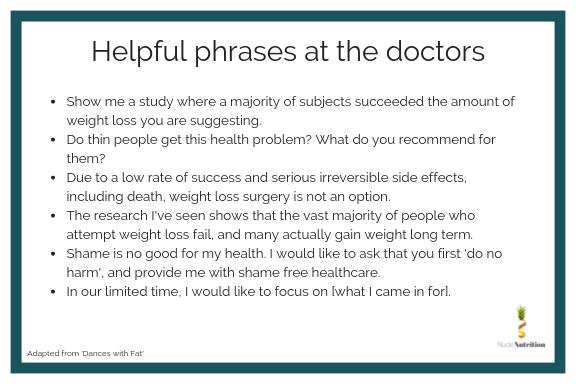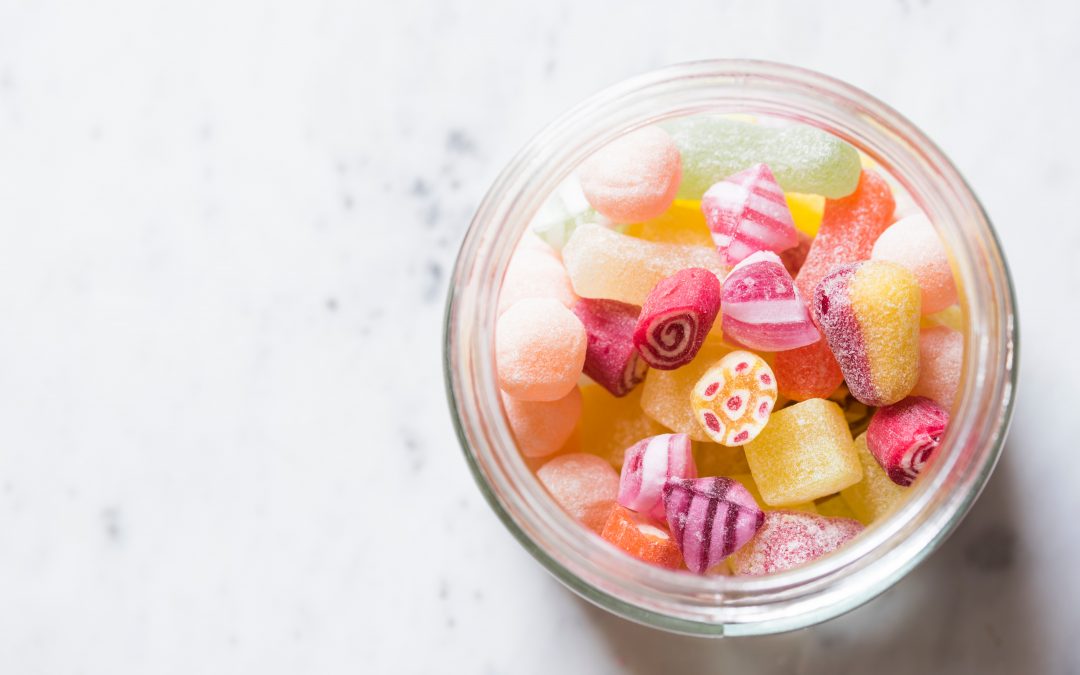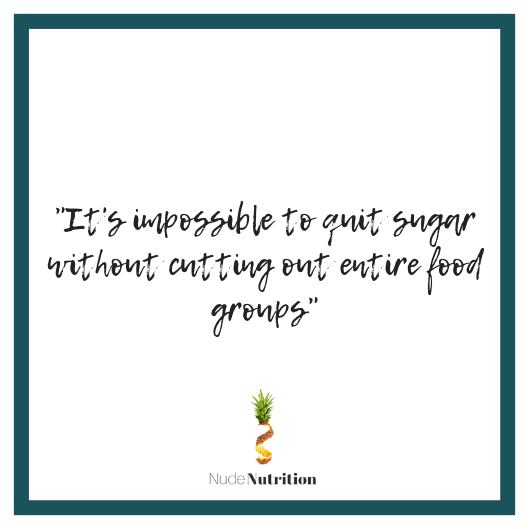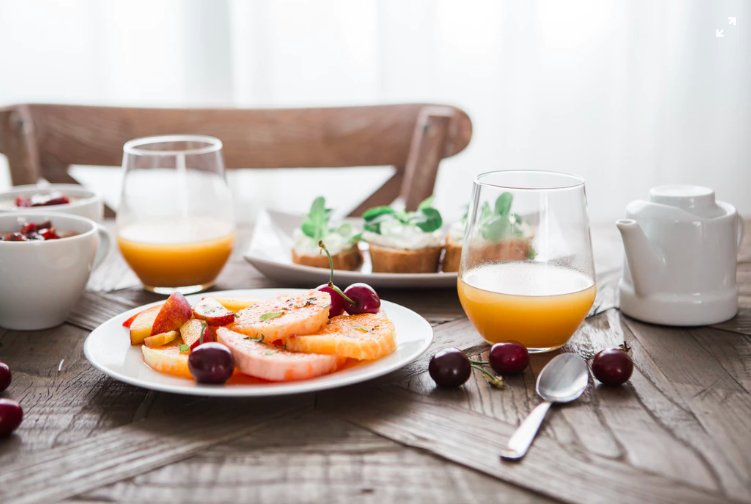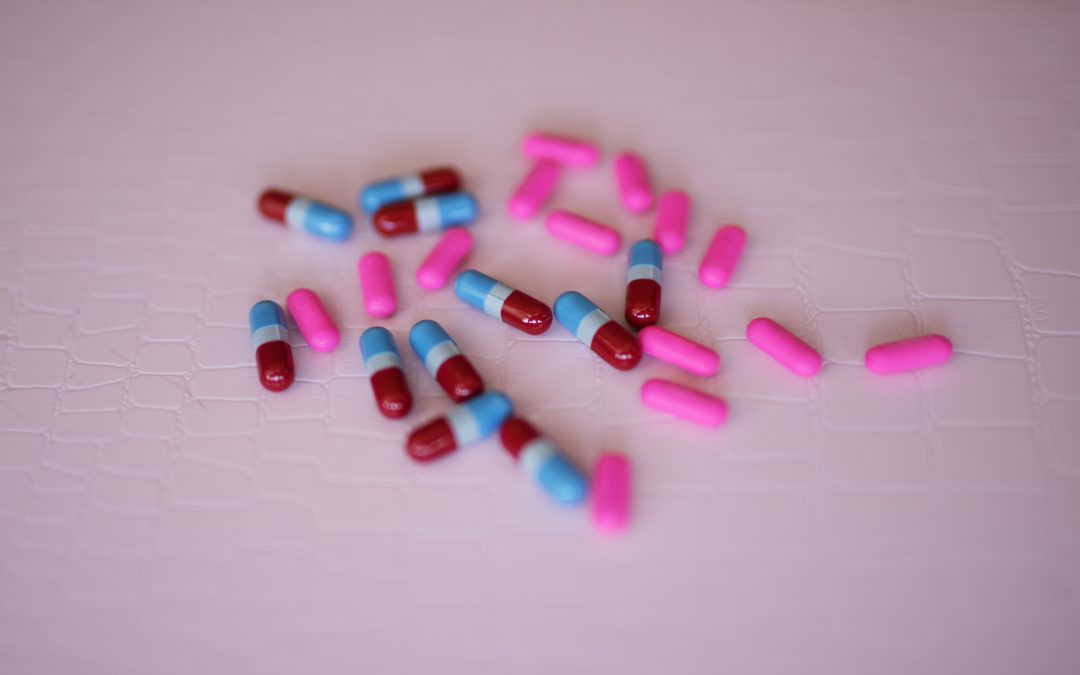
Are Diet Pills Effective? The Low Down From a Registered Dietitian
Are Diet Pills Effective? The Low Down From a Registered Dietitian
Waking up every day in a body that you wish wasn’t yours is more than challenging, it’s all-consuming. Holding onto the trousers that are just too tight but are in your wardrobe anyways because you can’t help but hope that one day, they will fit like they used to. Then wearing ill-fitting trousers and continuously thinking about the way the button’s pressed up against your stomach. Then spending the day trying to eat feeble amounts of food in an attempt to lessen the discomfort of wearing tight pants.
Day-in and day-out is taxing.
So at night while scrolling through social media, thinking about all the mistakes you made in your pursuit of thinness that day, you see an advertisement. This may feature a pretty looking woman or toned young man and the advertisement claims that they just had to take a pill and became their inner thin person. And while we know the concept of having an inner thin person is just wild because we are who we are, no matter our size, this advertisement is alluring. Even those of us trying to ditch diet culture (see the article Fear of Gaining Weight) can’t help but pause at the image of a fast-pass to being thin.
Despite all we know about diet pills being a big question mark of unknown side effects and problems, the idea of them draws us all in.
Why is that?
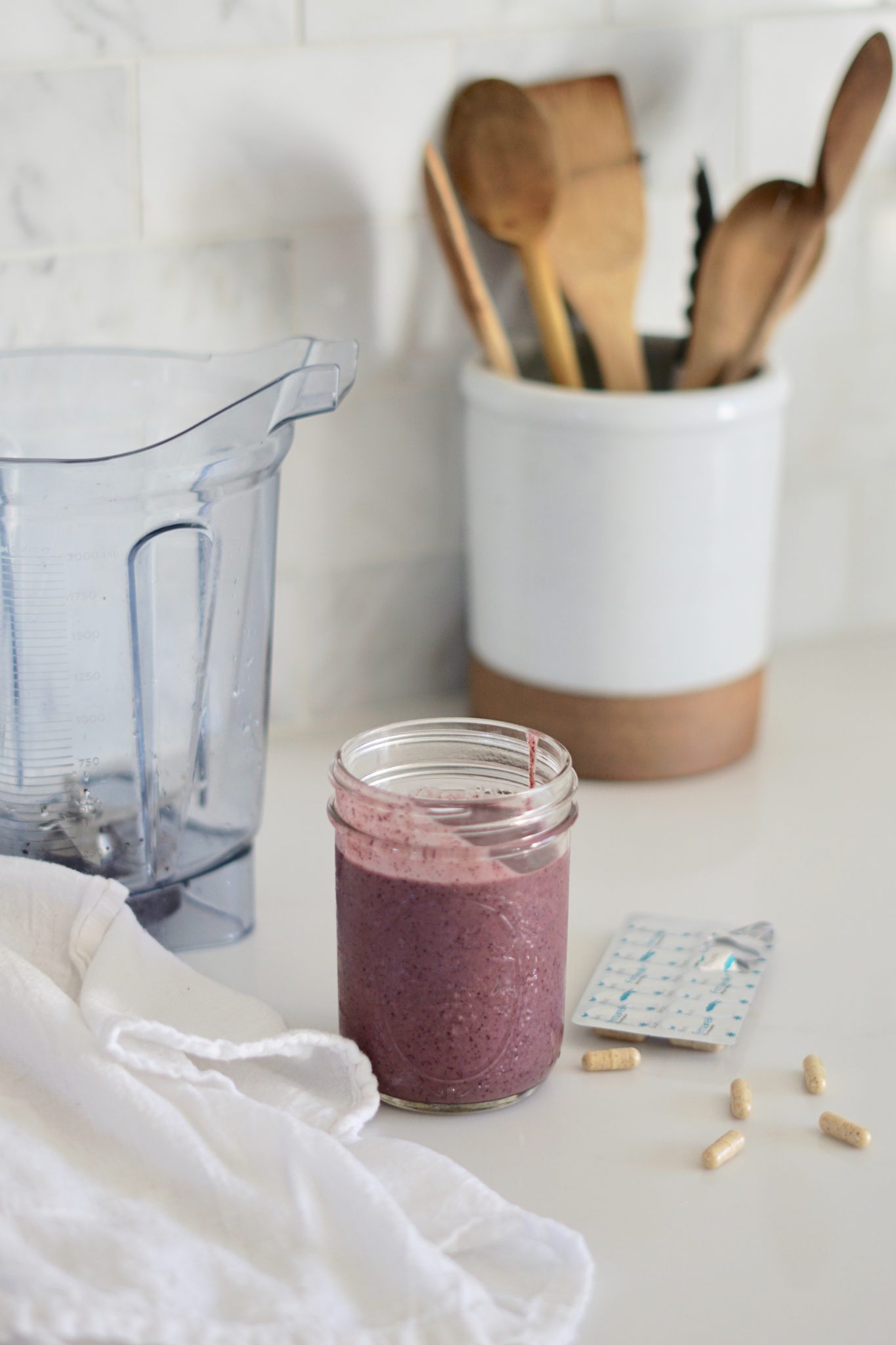
Social influencers playing on insecurities
We live in a society that places a high value on weight and body size over health and wellbeing. It’s not surprising that people are looking for quick fixes like diet pills to shrink their bodies. Companies are subsequently making a lot of money playing off of people’s insecurities. After all, we’re sold this idea that thinness equates to increased happiness, confidence, improved health and success. This influence gets us to that place of having clicked on the weight loss pill advertisement and debating whether or not to rush ship the pill bottle full of a mysterious substance that, “melts fat” right off of you.
Choosing where we get our nutrition information from can be extremely confusing and sometimes it is easy to equate Instagram followers to authority. This account: @sarahjohnson.stanford is an example of someone who is advertising diet pills, and using their 211k following their advantage. This account also links itself to the University Stanford which is known for its academic strength, adding a further false sense of security and credibility. Unfortunately, the wellness industry is not regulated which means that anyone can create a website and start selling a product without any qualifications. This is clearly an instagram account and website that’s done just that.
False and unsubstantiated claims
Remember earlier when we mentioned that food products cannot make health claims? Anytime a food supplement that promises you results from weight loss to improved thyroid function, is probably making an unsubstantiated claim (claims that are not supported by evidence).
This particular Garcinia Vita Pills website makes false and exaggerated claims that are not supported by credible scientific research. Garcinia Vita Pills use the tropical fruit Garcinia Cambogia. The active ingredient Hydroxycitric acid (HCA) can be extracted from the dried rind of the fruit and its the HCA that is theorised to aid in weight loss by reducing appetite and/or by interfering with pathways that metabolise (break down) fat.
They are promoting a quick fix and miracle cure to weight and health, which are both very complex. When I look into the research on Garcinia Cambogia, there has only been one systematic review of randomised controlled trials (high quality study) conducted where no meaningful weight loss was detected. The product claims to “improve digestion”, when in fact one of the reported side effects of Garcinia Cambogia in research studies is the complete opposite – gastrointestinal disturbances (gut symptoms).
This is just one example of the many products out there that is making false claims as a way to grab the consumers attention and manipulate them into buying a product they do not need.
This messaging isn’t innocent
This messaging leaves us consumers thinking “there can’t be any harm” in taking these “natural” pills. But the truth of the matter is that there really can be. Terms like “natural” provide us with a comforting belief that it’s wholesome, gentle, unprocessed and therefore healthy. However, this term is ambiguous. The devastating effects of diet pills (especially over the internet) can be witnessed in the story of Aimee Parry (aged 21) who lost her life not so long ago.
The Garcinia Vita Pill website does not offer a balanced picture of the product and does not highlight the potential risks to consumers. Scientists cannot conclude that Garcinia Vita Pills are safe and there are even cases of interference with medications (particularly antidepressants) and also acute liver failure.
The messaging is a part of the smoke and mirrors that draws consumers into these products. It can be extremely tempting to believe the claims and hope for the miracle cure we’ve all been looking for. If you are someone who is really gung-ho about trying a product you see on the internet, try looking it up in the National Sanitation Foundation (NSF) Certified for Sport® database. They perform an extremely thorough assessment of products; professional sporting leagues will sometimes only allow players to utilise products that have been approved by the NSF.
Diet Pills Are Not The Answer
We put up with a lot of messaging in our day-to-day life that promotes thinness. As we talked about earlier, sometimes a quick fix is more than just alluring, the promise of no longer being in a body you don’t like, is intoxicating. But, the research is clear, diet pills are hardly a solution. If anything, they can hurt one’s health. I think that it is a good idea to take a step back and think about health in a bigger picture than body size. Jeopardising a life for a thinner body has to be something we talk about. It is a problem that diet culture has driven us this far to the edge of the cliff.
What are the ways health can be supported that have nothing to do with body size? I ask this because supporting health in a framework of body size has gotten us to this cliff.


